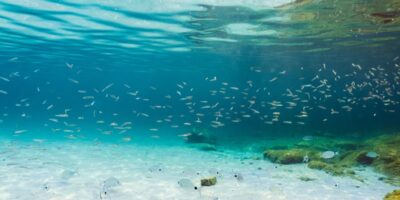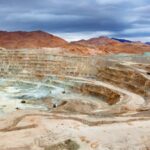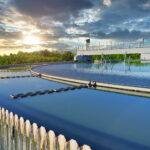Thanks to global efforts and agreements such as the United Nations Framework Convention on Climate Change (UNFCCC) in tackling climate change, we are observing a boom in renewable energy growth, especially in wind energy.
According to National Geographic, cumulative wind capacity around the world increased from 17,000 megawatts to more than 430,000 megawatts between 2000 and 2015. Industry experts predict that if this pace of growth continues, one third of the world’s electricity needs will be fulfilled by wind power by 2050. (Source: https://www.nationalgeographic.com/environment/global-warming/wind-power/)
What else should you know about wind power? Here are five interesting facts:
1. Wind can generate electricity with the help of wind turbines
As a form of solar energy, wind is caused by these elements: the rotation of the earth, the earth’s irregular surface and the uneven heating of the atmosphere by the sun. The flow patterns of wind, also known as motion energy, can be used to generate electricity when ‘harvested’ by modern wind turbines.
2. A wind turbine is the opposite of a fan
Wind turbines convert the kinetic energy in the wind into mechanical power which can be converted by a generator into electricity – to power homes, businesses, schools, and the like. How? Wind causes the huge blades of a wind turbine to rotate, and this initiates the spinning of a shaft that is connected to a generator to convert kinetic energy into electricity. So taking on a completely different role from a fan (which produces wind from electricity), wind turbines creates electricity from wind.
3. Wind energy is a renewable, non-polluting resource
No matter how much wind is used today, there will still be the same supply in the future. Wind farms also do not cause pollution as they emit no greenhouse gases or air pollutants, unlike conventional power plants.
4. Wind turbines come in a variety of sizes and characteristics
Wind turbines are available in different power ratings due to their differences in size. The largest turbines have blades the length of a football field. Offshore wind farms tend to have larger turbines when compared to onshore installations. They also often do not have the same restriction in size of onshore wind turbines, such as availability of land or transportation requirements.
5. Technology has greatly reduced environmental concerns of wind farms
One of the environmental concerns of wind farms is the issue of avian/bat mortality. For instance, offshore wind developers in the US are required to undertake automated monitoring of bird and bat behaviour to identify potential collisions with offshore wind turbines. A multi-sensor bird detection system (MUSE) has been successfully developed to address this concern. This system comprises a combination of advanced radar and digital camera that allows for identification of birds and bats. Contrary to conventional systems, MUSE’s camera is movable and follows the radar detection. Thus, much less cameras need to be installed, which in turn helps clients save costs.
Link up with us if you wish to know more.
Watch these 60-second animations to discover the history of wind energy and see how it works.
Source: http://windeis.anl.gov/








